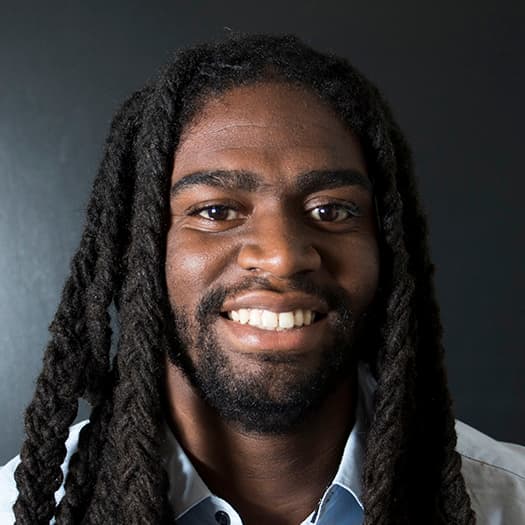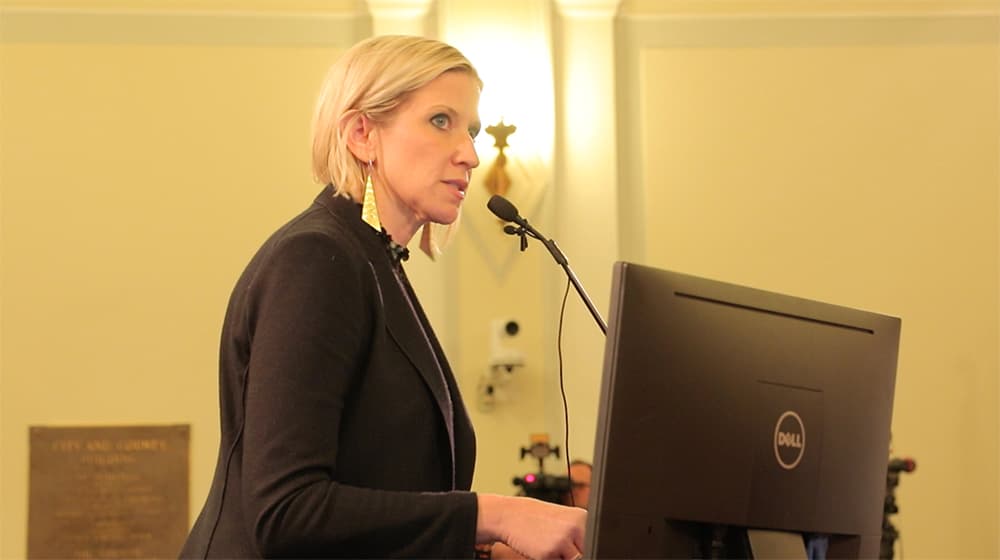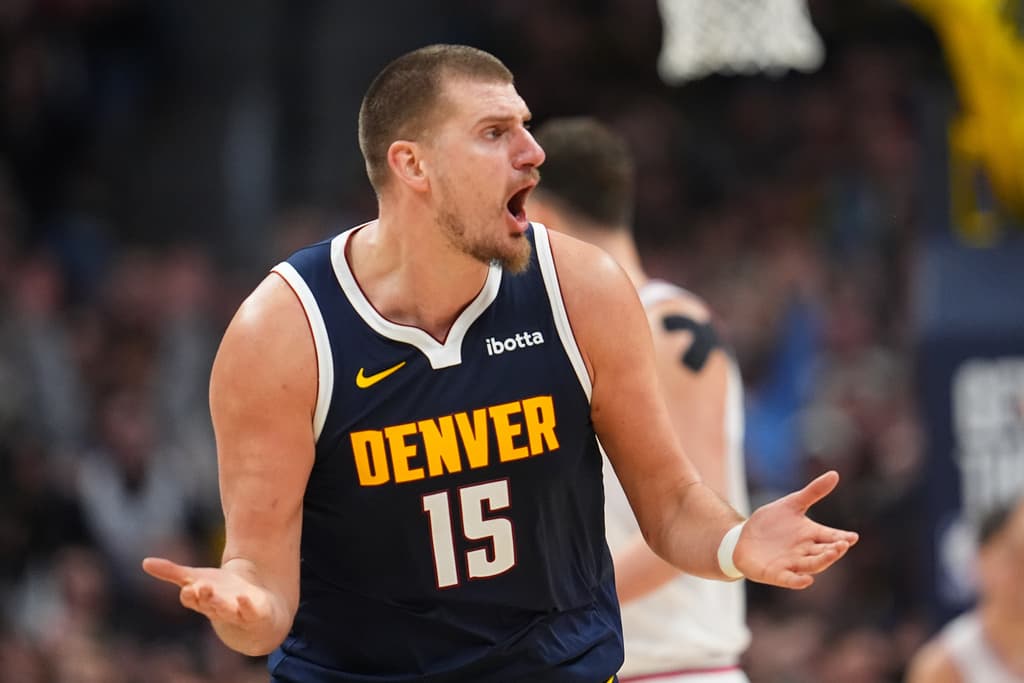In addition to breaking news, we at Denverite love explaining how Denver works. One of the most effective ways to do that is to answer readers' questions. We've been asking Denverite members to help us test a new feature -- the rest of you will be seeing it in a few weeks! -- focused on answering questions about neighborhoods and living in Denver.
Today's question: "What makes some registered neighborhood organizations effective and others so ineffective?"
If you don't know, registered neighborhood organizations (RNO) are entities that are recognized by the city as groups that represent the needs and desires of a given community.
RNOs are required to have boundaries and public meetings. The city is required to provide RNOs in advance with information about significant changes in their neighborhood. As our question asker adeptly noted, some of these organizations seem to be far more effective regarding engaging, advocating and representing their communities than others. Why?
Short answer: RNOs need to be well funded, well connected, and well organized to be effective. I asked a lot of people, and another common thread was having a goal and sticking to it.
Long answer: Keep reading.
City Councilwoman At-large Debbie Ortega works with RNOs often and noted several qualities the most effective organizations have.
"Part of it is they have regular meetings, consistent locations and the meetings are open. What makes a lot of them effective is they are reflective of folks in the community, and they're open to diverse opinions" she said.
Ortega was part of the original push to create an ordinance that gave RNOs legitimacy in the eyes of the city. She said many residents wouldn't know of changes coming to their neighborhood before RNOs existed here.
She's impressed by the modern sophistication of RNOs and how they can affect policy making, from a hyperlocal level up to citywide decisions by way of the Inter-Neighborhood Cooperation (INC), a coalition of almost every RNO in the city.
One key ingredient in maintaining an effective RNO is fairly obvious: Fundraising.
Most send monthly newsletters, which give residents deeper insight into their neighborhoods. They also facilitate neighborhood meetups, community cleanups and more personal touches, like bringing gifts to residents that are ill. Most RNOs do not have a paid staff
Jamie Licko, president of RiNo Art District, said that RNOs have to work on a wide range of issues to be effective community advocates.
"We have what we call our five bucket areas," she said. "With our resources, we focus on everything from policy and influencing policy, all the way to infrastructure where we have money invested. We do marketing and programming, we do big events, and quite importantly we serve as a neighborhood advocate."
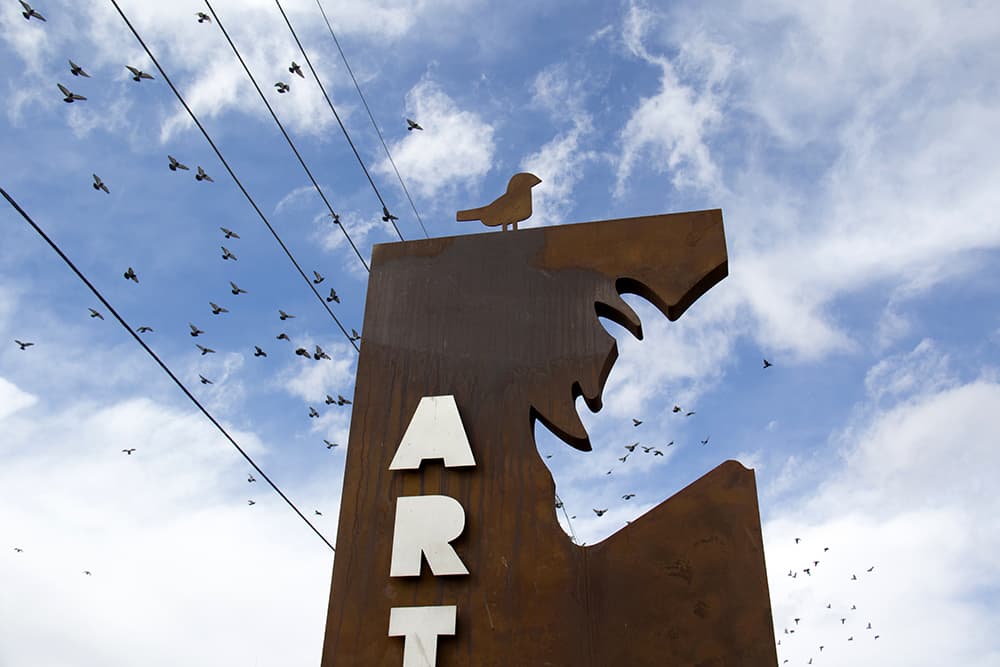
RiNo Art District, by the way, is big.
"We're very sophisticated and a very different organization than most other groups," Licko said. "This district started back in 2005 as a non-profit and then became an RNO and funded itself off of membership and some sponsorships; we had a relatively small budget. In 2015, this area worked together to form a BID (Business Improvement District) and GID (General Improvement District), and between the RiNo Art District and the BID and GID, they're all contracted together, so we've gone from a 2015 budget of $25,000 to this year where we'll be in the range of $3.5 million," Licko said.
Like other RNOs, RiNo has had some difficulty in recruiting a representative cross-section of neighbors, but Licko said they're trying to use technology to attract a more diverse audience. She said streaming meetings on social media and moving meeting locations around to make sure people feel comfortable has had some positive results.
John Joseph Niemann, a delegate of Harvey Park Community Organization (HPCO), has been involved with RNOs in a variety of capacities for several decades, including being the former president of INC (remember: the big group of almost all RNOs).
His current RNO, in Harvey Park, noticed an uptick in participation after upgrading their newsletter from a piece of paper to a magazine-style spread. "We saw about a 20 percent increase after the newsletter change, it attracted new faces and new energy," said Niemann.
He mentioned that certain cultural changes -- people working more and having much less free time -- have made it harder for RNOs to get consistent participation.
Niemann says HPCO began with the intention of being a check and balance for other entities in the neighborhood. He believes staying true to that goal has maintained their effectiveness throughout the years.
Scott Bolt, president of Ruby Hill-Godsman Neighborhood Association (RHGNA), said his RNO has been successful in creating long-lasting relationships with stakeholders in the area -- and a great relationship with their city councilman, Kevin Flynn. Usually, Bolt said, the councilman or someone from his office attends their monthly meeting.
But despite what he identified as successes addressing issues like affordable housing, homelessness, and safety on Federal Boulevard, Bolt admitted his organization finds it tough to attract interest across different demographics, specifically age and race. This makes it difficult at times for his RNO to represent the desires of an entire community comfortably.
Despite living in a multicultural neighborhood, Bolt said his RNO's crowd can tend to hover around 95 percent white.
"These kinds of meetings are becoming kind of a relic of how people get information now," Bolt said. "Younger people like social media, tweets, it's really hard to get attendance up from the 25 to 40 crowd."
Frank Locantore, executive director of the Colfax Avenue Business Improvement District, highlighted the common goals shared by his group and RNOs in his district.
"It makes a whole lot of sense to foster that relationship," he said.
He has noticed that RNOs tend to attract people that are passionate about a particular area of their community, and that energy is great for getting things done. He also recognizes leaders and participants of RNOs as people who are invested in their community, and he brings them to the table when changes are proposed in their neighborhood.
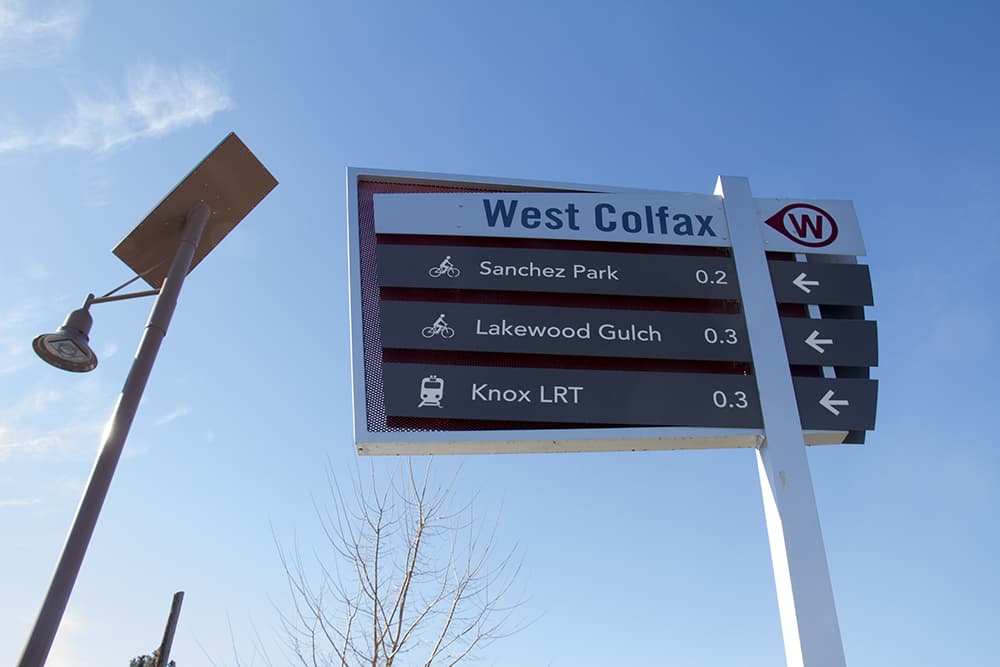
He said that in 2016 when the Colfax Ave BID began to compose their streetscaping plan, they placed several members of Capitol Hill United Neighbors on their advisory committee. (He's not unique in using RNOs to identify and empower influential neighborhood residents -- Eric Escudero, director of communications for Denver's Department of Excise and Licenses and Office of Marijuana Policy, regularly puts members of RNOs on advisory committees to discuss things like closing times and noise regulations.)
Locantore was part of an RNO restart and says one of the things that made that effort effective were the motivations of the group from the outset.
"It was just several people that were like, 'Hey, wouldn't it be great if we were all working together and doing something,' and as soon as I heard about that I was all in, two feet. The, 'Hey we can create a great neighborhood,' type of mentality is quite a different thing than, ',We can block this thing from happening,'" he said.
Lastly, literally every single person I talked to noted that you can help make your RNO effective by hopping into the fray and joining. Here's Denver's list of registered neighborhood organizations.
Want to help us decide what to report or explain next? Become a member today and you'll be able to vote on next week's question.
